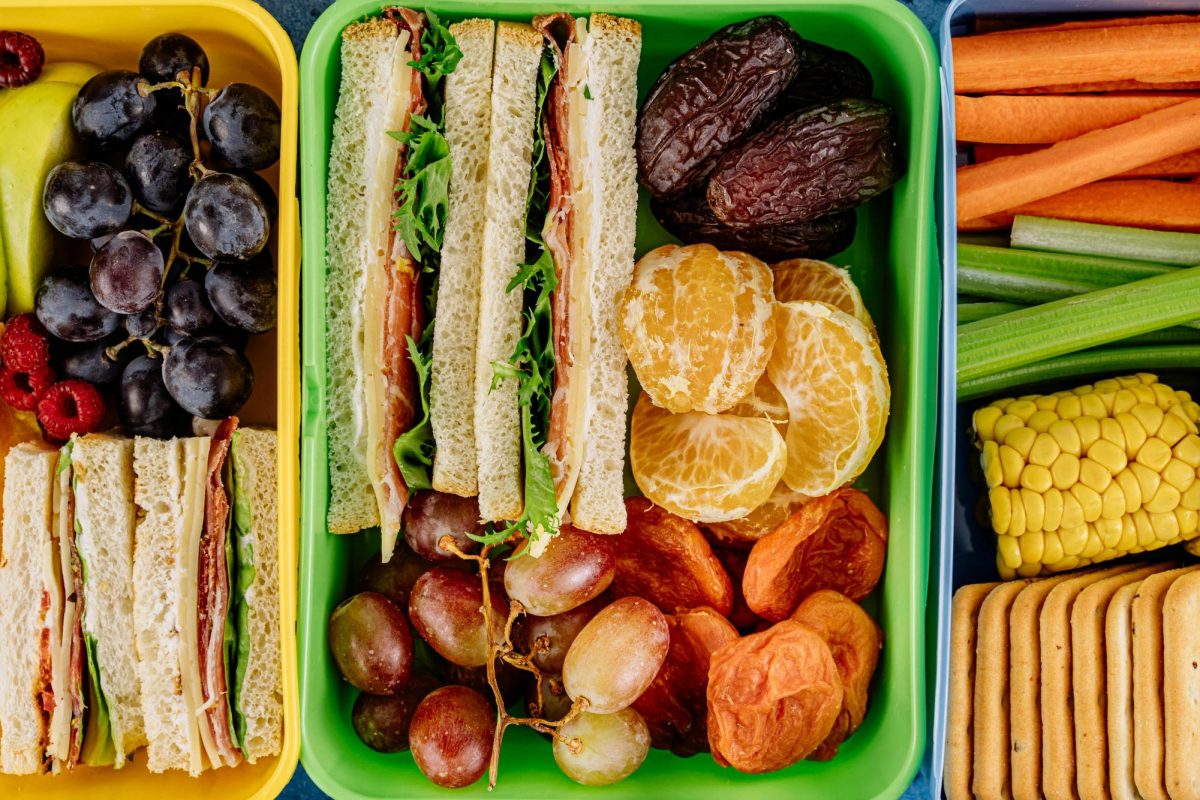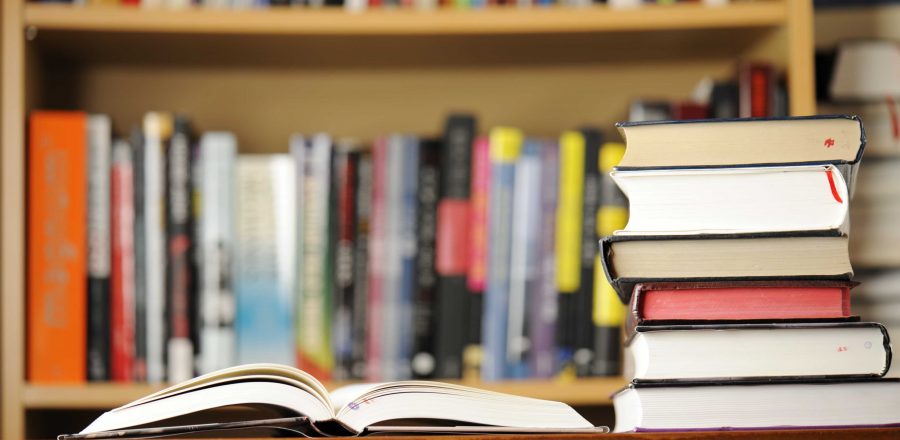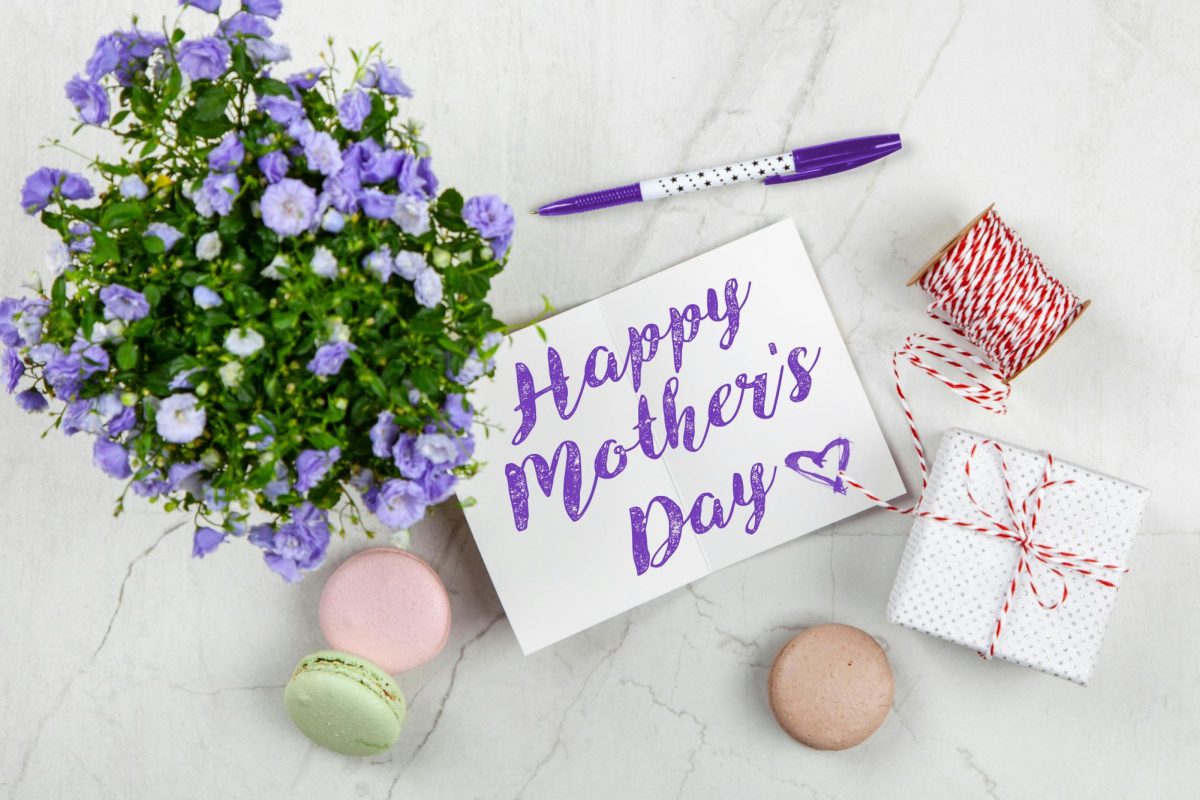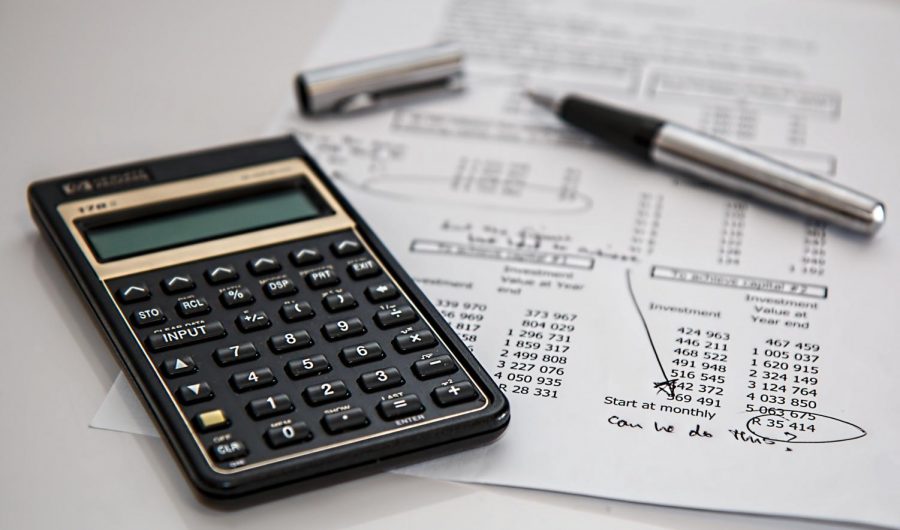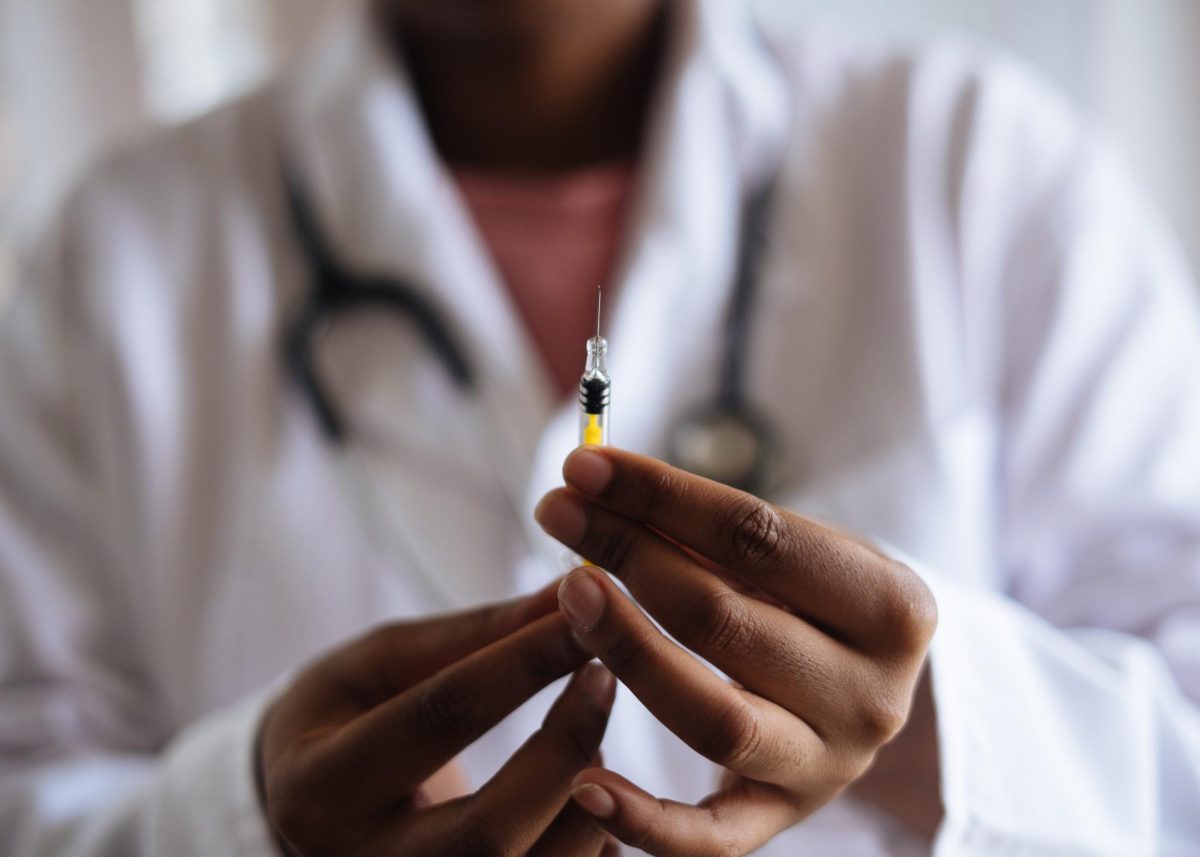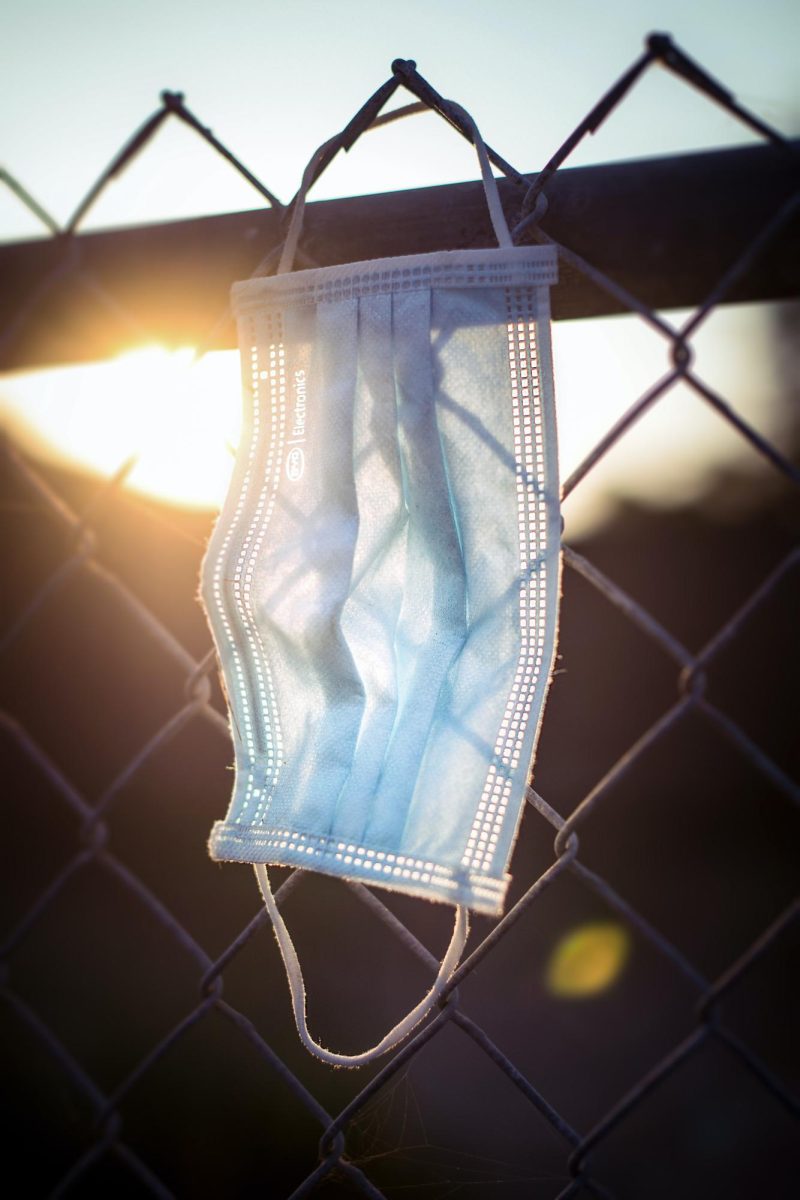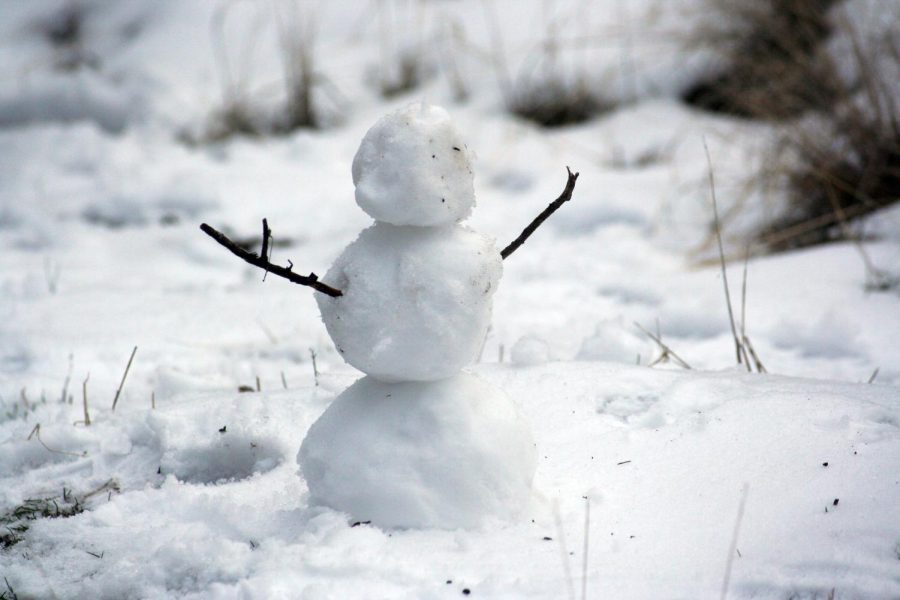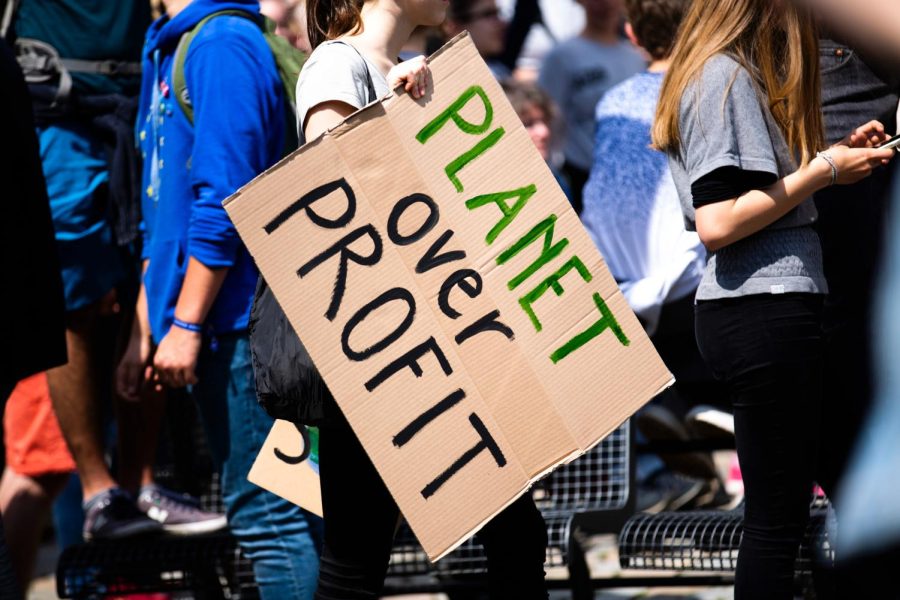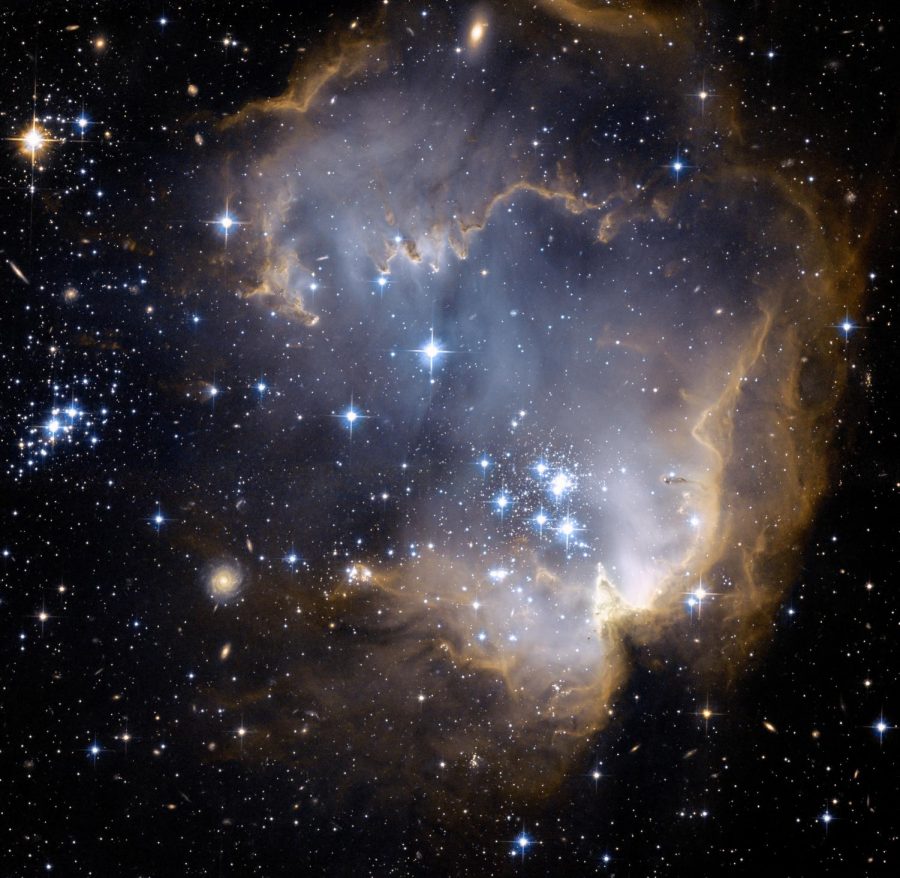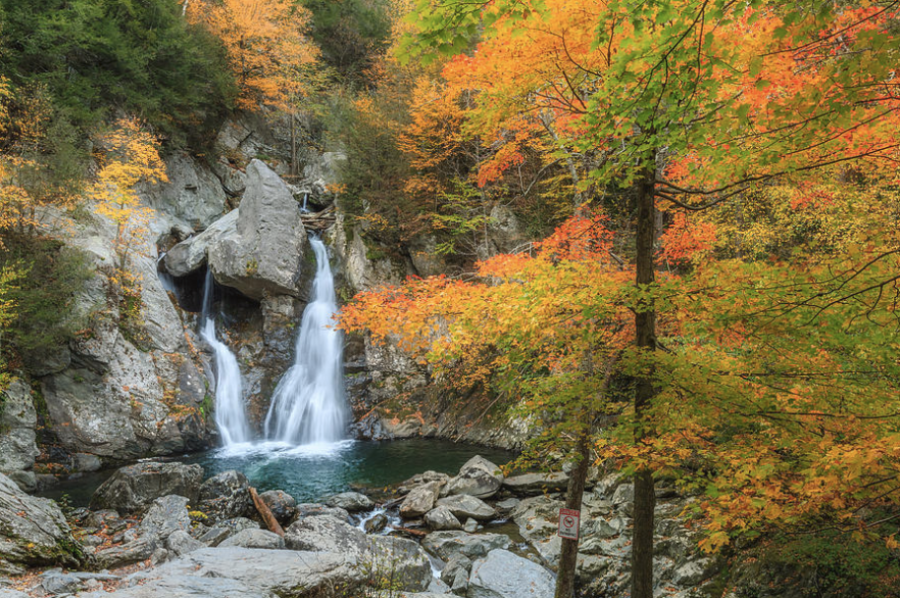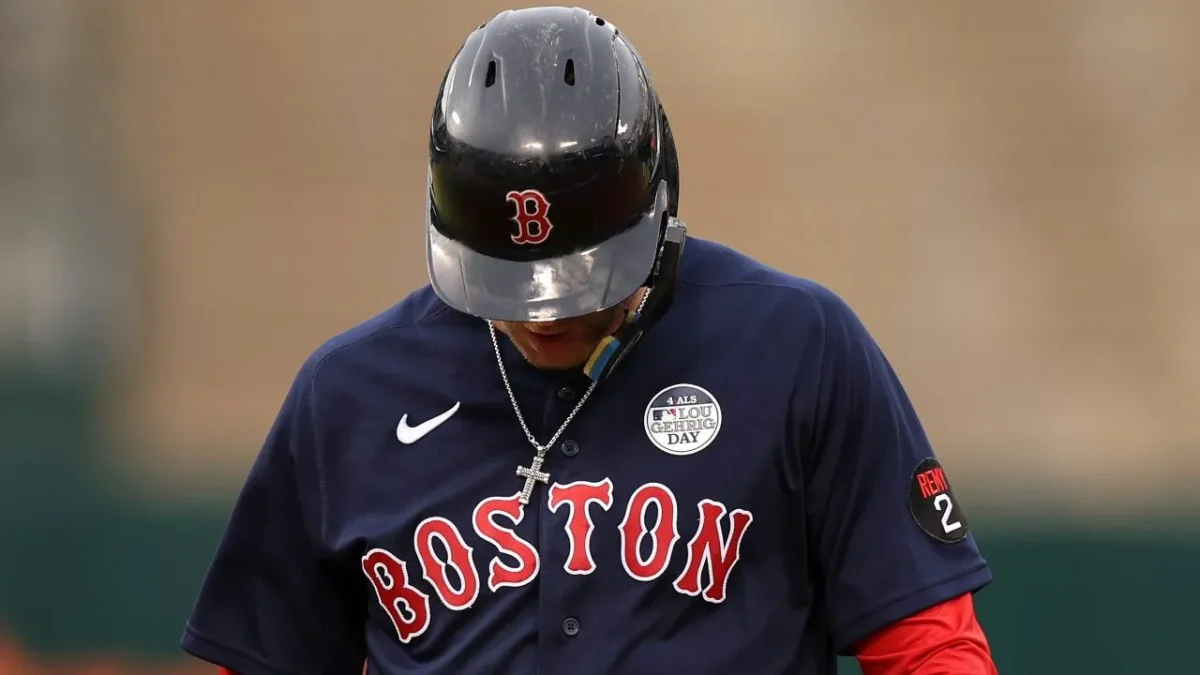School lunches are one of the biggest causes of pollution and food waste every single year. Cafeterias are a major source of problems surrounding climate change, and you can help solve that problem by making some simple changes.
According to the US PIRG Education Fund, every year, 530,000 tons of food waste comes from school cafeterias, which is almost equivalent to 1.9 million metric tons of carbon dioxide being released into the atmosphere. Even just a 3% reduction in school lunch waste would have a greater environmental impact than taking 12,400 passenger vehicles off the road for one year. And, cafeterias don’t only contribute to food waste, they also have an impact on plastic waste. The United Nations says that food wrappers, plastic bottles, shopping bags, and plastic straws and stirrers are the most common items polluting our oceans. These items are often used by students bringing their lunch to school, and when not recycled, they can end up in waterways or landfills. The EPA describes that in 2018, 26,970,000 tons of waste were landfilled and only 3,090,000 tons were recycled. That is almost nine times as much landfilled than recycled. When plastic ends up in landfills, it could struggle to decompose for up to 1000 years which causes pollution.
Even with the amount of pollution present, making small changes in your school lunches can have an impact. In respect to food waste, the most important change you can make is bringing only food you know you’ll finish, and if you do have extra food, bring it home as leftovers. According to the World Wildlife Fund – Australia, for single-use, plastic products, there are many great alternatives that are better for the environment. Plastic straws are one of the biggest sources of pollution and can be avoided through stainless steel straws, paper straws, and reusable silicone straws. There are also lesser known alternatives like compostable straws, bamboo straws, pasta straws, and rice straws. For plastic cups, it is best to use reusable cups and bottles, tumblers, mugs, and mason jars. Plastic utensils also cause pollution and some alternatives are bamboo and compostable utensils, reusable travel cutlery sets, and chopsticks. Lastly, it’s best to use Tupperware and reusable containers, instead of sealable bags or take-out containers.
Greenfeels also shared some more unfamiliar eco-friendly alternatives. Coconut can be used to make bowls and cutlery, as well as a plant called wheatstraw. Beeswax wrap is a great substitute for plastic wrap. A plant called jute can be used to make reusable bags and pouches. And, the most extreme of them all, cow manure has been adopted as a way to make trays and boxes. All of these options can help to avoid excessive plastic waste.
Overall, cafeterias are a serious problem when it comes to pollution. But, making small changes when bringing lunch to school can make a big impact on being sustainable.

